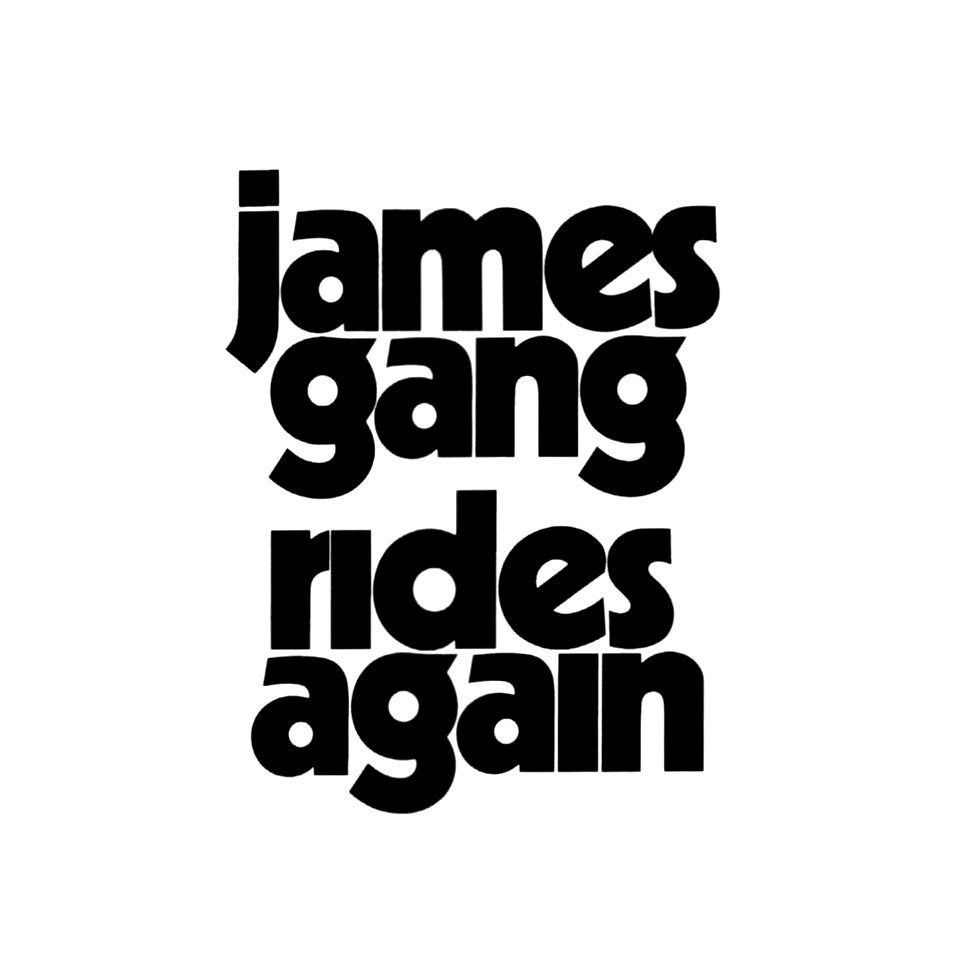
This catchy acoustic tune is accented by fine pedal steel guitar of guest Rusty Young. The whimsical “There I Go Again” may be closest to pure pop ever by James Gang (or Walsh for that matter). From the dissolve of the majestic “Tend My Garden”, comes the simple, homey, front porch country-blues of “Garden Gate”, a short minute and a half track which appears to be a solo performance by Walsh. In contrast to sound, but just as innovative is “Tend My Garden”, featuring Walsh pulling quadruple duty on vocals, organ, acoustic and electric guitar, a method (as well as a signature riff) that would be echoed years later by Tom Scholz of Boston on “More Than a Feeling” from Boston’s 1976 debut album. The song’s mid section improvises a couple of established instrumentals, including Vince Guaraldi’s “Cast Your Fate to the Wind” and an electric rendition of Maurice Ravel’s “Boléro”, which spawned a threatened suit that resulted in certain editions of the track being edited to remove “Boléro” (since restored). Here, the musical talent of this emerging trio is fully exhibited, book-marked by the heavy, frantic verses of “Closet Queen”, which reportedly blew out the studio monitors at The Record Plant upon playback. The album’s original first side ended with the excellent multi-part suite called “The Bomber”. The catchy rocker “Woman” follows, starting with and built on Peters’ bass line with some great guitar dynamics to adding a dramatic element to the groove. The song’s title is a tribute to production designer Assheton Gorton. The instrumental “Asshtonpark” features a slow rhythmic build up towards a country-esque groove featuring a generous amount of delay on Walsh’s guitar. The song was released as a single to moderate initial success but became a later staple on classic rock stations. The recording features a slight but potent percussion break by Fox before pivoting back to a final verse. The blistering opening track “Funk #49”, was a group composition that derived from a warm-up jam and initially ad-libbed lyrics by Walsh about an untamed girlfriend. Recorded: The Record Plant, Los Angeles, November 1969 With the combination of low label expectations and the state-of-the-art equipment at The Record Plant, the group took a loose and experimental approach to the material on James Gang Rides Again. Recorded in Los Angeles with producer Bill Szymczyk, the group wanted to replicate the energy of its ever-popular live shows, where the group would jam to new material in the dressing rooms before each show. While deciding to maintain Walsh as lead vocalist, Kriss decided to abruptly depart from the band in November 1969.īassist Dale Peters was recruited by Fox just in time for recording of the group’s second album. Sales for this album were disappointing and a new singer was briefly considered so that Walsh could focus on guitars. After signing with ABC’s new Bluesway Records subsidiary in early 1969, they recorded and released their debut, Yer’ Album, later that year.


With Walsh assuming lead vocal duties, the group decided they liked their sound and moved forward as a threesome. In 1968, Walsh was brought on to replace the group’s original lead guitarist and, after two prompt defections, the band quickly realigned as a trio to fulfill live commitments. They were were originally a five-piece, British rock influenced band including bassist Tom Kriss. James Gang was founded by drummer Jim Fox in Cleveland, Ohio in 1965. While not a great commercial success, James Gang Rides Again was critically acclaimed and a great influence for many rock bands that emerged later in the decade. The album combines their blues-based power-trio rock with a branched-out experimental method that incorporates keyboards into their sound and includes elements of country. The James Gang reached the peak of their relatively short time together with front man Joe Walsh with their sophomore album James Gang Rides Again in the summer of 1970.


 0 kommentar(er)
0 kommentar(er)
